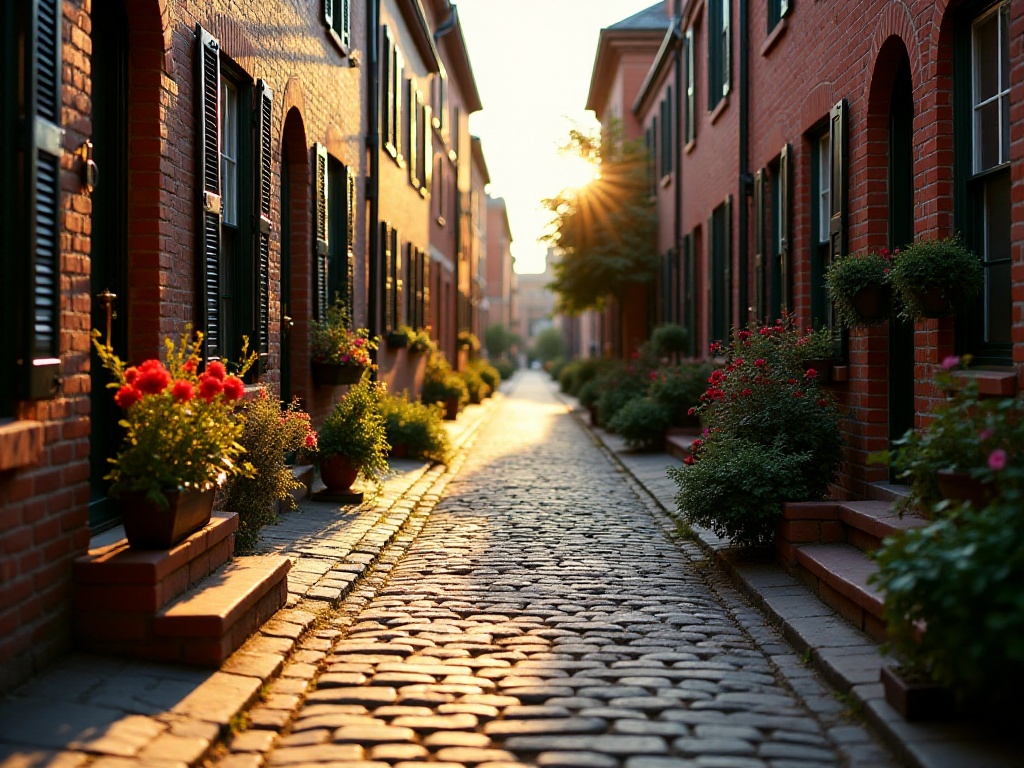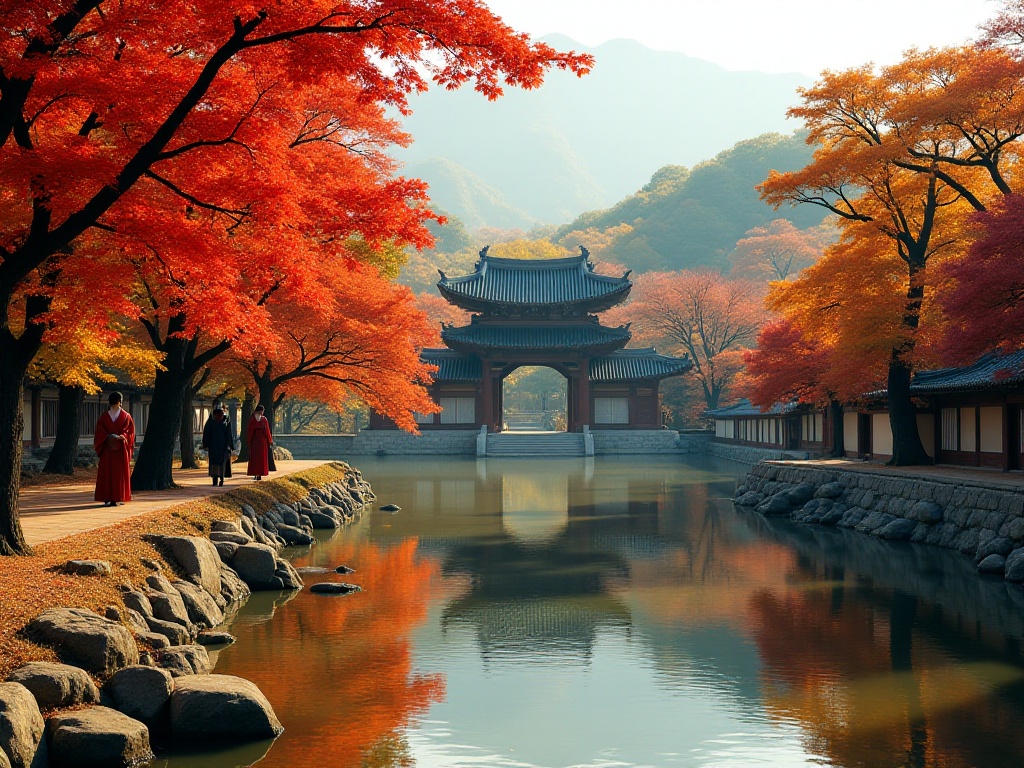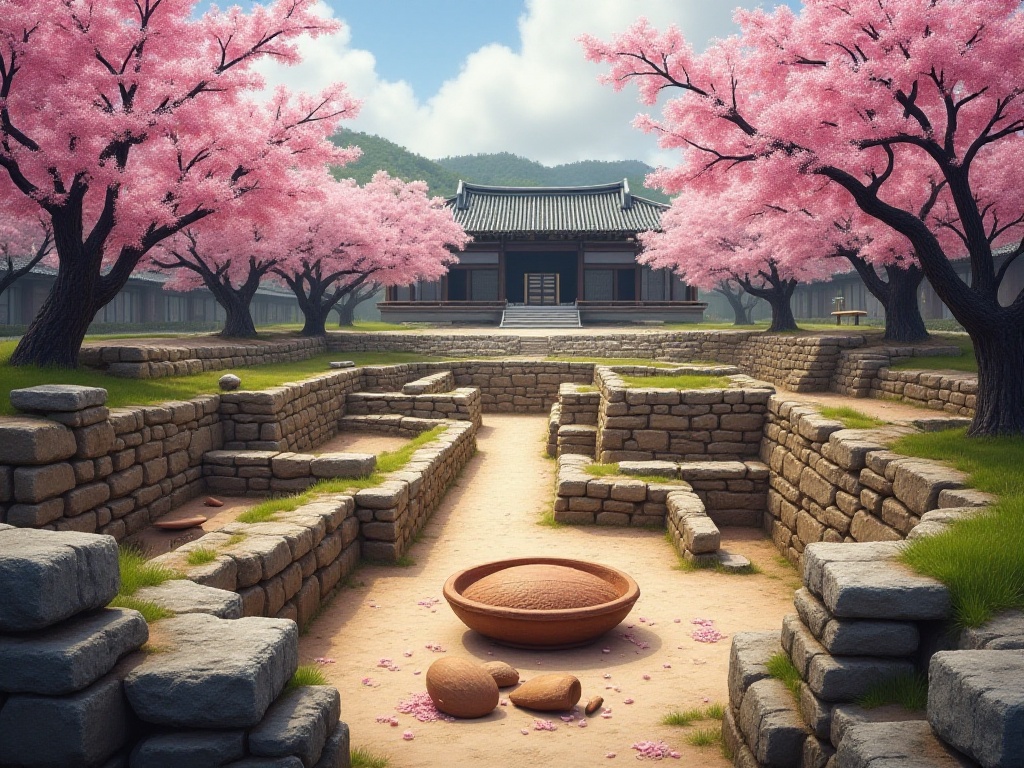Preface
Guangzhou is truly incredible! As a travel blogger who has been to many places, Guangzhou really amazed me. It not only has stunning revolutionary sites and beautiful Lingnan architecture, but you can even see ancient relics from two thousand years ago - it's truly a treasure trove of a city!
Revolutionary Imprints
The Sun Yat-sen Memorial Hall is absolutely magnificent! When I first saw it, I was completely stunned. Built in 1929, this building is the perfect fusion of Chinese and Western architecture, with blue glazed tiles that sparkle in the sunlight - it's breathtakingly beautiful. The most amazing part is its design concept - the entire building embodies the idea of "the world belongs to the public," with its octagonal design representing "universal participation" - how brilliant is that!
The interior decorations are also incredible, with the great hall being meticulously designed down to every detail. The large dome is amazing - spanning 47 meters in diameter, it was built without a single supporting pillar, which was a remarkable architectural achievement at the time! The acoustics are also first-class - when I stood in the center of the hall and spoke softly, my voice could be heard throughout the entire space. This amazing acoustic design left me in awe.
As for the Huanghuagang 72 Martyrs Cemetery, it truly stirs the blood. On April 27, 1911, Huang Xing and other revolutionary pioneers launched an uprising here. Although it ultimately failed, their heroic spirit commands deep respect. Every time I come here and look at those tombstones, I can feel the passion of those turbulent years from over a century ago.
The cemetery has a "Forever Righteous" memorial wall inscribed with the martyrs' deeds. These stories move me deeply every time, imagining those young people who willingly gave their lives for their ideals. The Huanghuagang Uprising Memorial Museum inside houses numerous precious historical artifacts that help us better understand that momentous period in history.

Lingnan Treasures
Speaking of Chen Clan Ancestral Hall, it's truly the crown jewel of Lingnan architecture! I was stunned by the exquisite carvings the first time I entered. The entire complex covers 13,300 square meters, with 19 buildings, six major courtyards, and over 11,000 decorative carvings - the scale is simply incredible!
The "three carvings" above the main gate are definitely the architectural highlight. The carved figures and animals are incredibly lifelike, each cut demonstrating the supreme craftsmanship of Lingnan artisans. Most amazingly, these carvings all contain hidden meanings - for example, the qilin delivering a son symbolizes having many children and blessings, while the five blessings arriving at the door represents people's hopes for a good life.
Each courtyard in the building has its own characteristics. The front court is magnificent, the middle court elegant and exquisite, and the back court serene and refined - it's like a three-dimensional textbook of Lingnan architecture. The brick, stone, and wood carving techniques would be considered top-tier craftsmanship even today, let alone over a hundred years ago.
What impressed me most were the colored paintings in the ancestral hall - vibrant but not gaudy, complex in composition yet not chaotic. The caisson ceiling in the main hall is especially stunning - looking up, you're immediately struck by the exquisite carvings and paintings. Each pattern has its unique meaning, telling stories from traditional culture and folk tales.
Additionally, the garden design of Chen Clan Academy is outstanding. The layout of rockeries and ponds follows feng shui principles, being both practical and beautiful. The arrangement of flowers and trees in the courtyard is also carefully considered, offering different scenery in each season. I love coming here on rainy days, listening to the raindrops hitting the glazed tiles and watching the water flow down the eaves, as if traveling back to Guangzhou a century ago.

Ancient Treasures
The Western Han Nanyue King's Tomb is an absolute bombshell in the archaeological world! This underground palace is over 2,000 years old, with over 1,000 unearthed artifacts, each one a national treasure. The most impressive is the jade burial suit made of 2,291 jade pieces - it took over a year just to sew together one such jade suit - how luxurious is that!
The unearthed artifacts are not only impressive in quantity but also in quality. The craftsmanship of the gold and jade items remains astounding even by today's standards, 2,000 years later. The jade pieces, in particular, are not only beautifully shaped but also of superior quality, fully demonstrating the jade-working techniques of the time.
The museum has recreated many scenes from that era, using modern technology to give us a more vivid understanding of life 2,000 years ago. The unearthed daily items, such as bronze mirrors and pottery, reflect the prosperity of the Nanyue Kingdom at that time.
The Temple of the Southern Sea God is another amazing place. As an important witness to the ancient Maritime Silk Road, it was once a sacred site where merchants had to make offerings before setting sail. According to historical records, merchants from dozens of countries would come here to make offerings each year - imagine the influence needed to achieve that!
The temple's architectural scale is quite impressive, with just the main hall covering about 1,000 square meters. The building complex retains many architectural features from the Ming and Qing dynasties, with exquisite carvings and paintings showing extraordinary artistic value. The murals depicting maritime scenes, in particular, vividly record the prosperity of ancient maritime trade.
During my visit, I found that the temple preserves many ancient maritime-related artifacts, such as ancient navigation maps and compasses. These artifacts are important physical materials for studying the ancient Maritime Silk Road. What interested me most were the sacrificial utensils, through which we can understand how ancient merchants prayed for safe voyages.

Reflections
After visiting these historical sites, what moved me most was seeing how well these ancient relics are preserved. For example, Chen Clan Academy isn't just a tourist spot - it's become a base for showcasing intangible cultural heritage, regularly hosting traditional cultural exhibitions and activities. The Museum of the Western Han Nanyue King's Tomb is also very thoughtful, using many high-tech methods to help visitors better understand history.
These historical sites are incredibly rich, including revolutionary memorial sites, traditional cultural architecture, and ancient maritime trade relics. It's these historical sites from different periods and of different types that create Guangzhou's unique historical heritage.
Whenever I bring friends to visit, I always suggest they take their time and savor the experience. For instance, at Chen Clan Academy, they can spend more time appreciating the exquisite carvings; at the Huanghuagang Martyrs Cemetery, they can quietly contemplate that tumultuous revolutionary history. Only in this way can one truly experience the city's charm.

Final Thoughts
Through this trip to Guangzhou, I've truly come to understand that a city's charm lies not just in how modern it is, but in how it preserves and passes on its historical culture. These historical sites are like vivid history textbooks, recording the city's past while also guiding its future.







